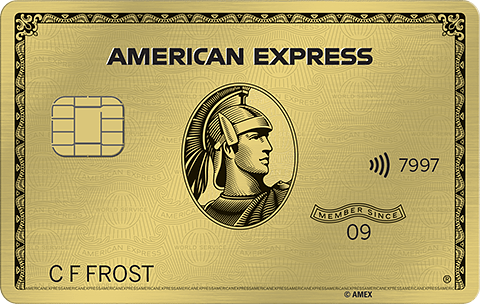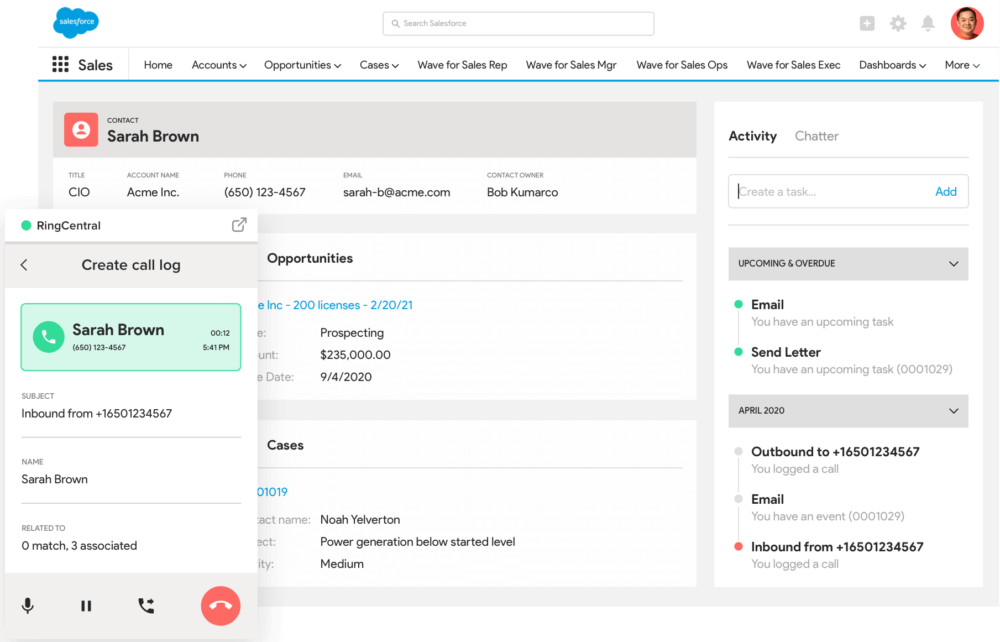Digital or online customer loyalty can be hard to earn, but the benefits can really be worth the elbow grease. A well-thought-out loyalty program can help with customer engagement, bring in new customers, and more.
You might be familiar with these kinds of incentives when it comes to in-person shopping… but how can you keep your online customers coming back for more? We’ve rounded up all the info to help you get started.
Today, we’ll cover:
- What are digital customer loyalty programs?
- The benefits of online customer loyalty programs
- Examples of digital customer loyalty programs
- How to build your small business digital customer loyalty program
👀 Grab our free eBook to learn more about the power of connection and why you should integrate your business apps with UCaaS.
What are digital customer loyalty programs?
Digital customer loyalty programs provide rewards for purchases and other behaviors through a digital format, like your website or mobile app (or both).
Some digital loyalty programs only give digital rewards that can be redeemed online, while others may offer physical prizes that are sent to customers when they make repeat purchases or referrals.
Digital loyalty programs may involve loyalty software or a loyalty card that is swiped at a retail location each time customers shop. The more they shop, the more rewards they typically earn.
The benefits of online customer loyalty programs
A well-thought-out loyalty program can:
- Improve customer engagement
- Attract new customers
- Strengthen customer retention
- Reactivate dormant customers
- Encourage all customers to spend more
But don’t take our word for it! Here’s a stat that blew us away:
A study by Square Loyalty showed that customers enrolled in their digital loyalty rewards programs were twice as likely to become repeat customers and spent an average of 37% more than customers who did not become loyalty program members.1
Generating more revenue and creating more customer visits with a rewards system just seems to make sense, even though there is a cost to implement a rewards program.
Examples of digital customer loyalty programs
Here are a few examples of successful online customer loyalty programs:
Starbucks Rewards

Starbucks has totally gamified ordering online. Every purchase using the app earns you points, which you can save up like tickets at an arcade for the “prize” you want. It could be a customization to your drink, a free pastry, even branded merch. They even offer special events where you can earn extra points (e.g., buy 3 iced coffees in a week). Plus, you earn double the points if you pay using the app instead of your credit card.
Sephora Beauty Insider
Sephora’s Beauty Insider program allows you to earn points toward different rewards as you shop online. If you save up enough points, you can redeem them for cash toward purchases both online and in-store. And you can earn these points by purchasing not only on Sephora’s website, but anywhere Sephora products are sold. They even offer different tiers of achievement: VIB (Very Important Beauty) for spending $350 in a year and Rouge for spending $1000 (figures as of March 2022).
American Express

American Express has won many awards for its top-notch rewards program because it offers a large number of rewards choices to their customers. These types of personalized experiences make customers feel like the program works for their needs and makes them even more loyal to their preferred brand.
How to build your small business digital customer loyalty program
Every small business is unique… and working on a much tighter budget than Starbucks or American Express! But there are some easy ways to take inspiration from big stores’ loyalty programs and apply them for your own customers.
1. Decide how customers will access your rewards program
The first element of designing a digital loyalty program is figuring out how customers can access it. Most digital programs use a website, a mobile app, or both to interface with customers.
Tangible methods like reward cards may be used, although punch cards, paper punch cards, and stamp cards are typically not needed with digital programs. Sometimes there will be a digital loyalty card that can be accessed through a mobile app or smartphone.
Or, it could be as simple as a regular members’ newsletter you email out to folks who sign up, with perks inside.
2. Determine how customers will earn rewards
What do your customers have to do to earn the rewards you offer? It’s important to think about your specific audience and how they naturally engage with your business. The most common way for rewards to accrue is through reward points issued when customers purchase items. The reward points can then be redeemed for cash off on a future purchase, or in some cases, to get a gift card to a participating retailer.
Sometimes, though, the main reward is a discount on a purchase or a special free item only available to rewards members. Notification of these rewards can be by snail mailing coupons or emailing/texting them to the reward member.
Here are some ways small businesses enter customers in their loyalty programs:
- Signing up for the program: This could be via an online form on your website or a third-party customer loyalty app.
- Providing an email address: You can build a newsletter to offer exclusive perks and news to your mailing list.
- Providing their birthday or anniversary: Offer annual gifts or perks for your customers’ special days.
- Making purchases and earning points: Some small businesses use a third-party app to easily track this data for them.
- Referring friends to your business: Include a field for referrals at online checkout for easy tracking on your end.
- Leaving online reviews: Either on an ongoing basis or during a specific participation window/contest.
- Sharing and commenting on social media: Social media engagement can be huge for small businesses, but it can be a headache to track and reward in a timely manner. An omnichannel customer service platform like RingCentral Engage Digital can help you keep tabs on customers who message, comment, and mention your business:

However you decide to get your customers to earn rewards, make it easy for them.
3. Choose the types of rewards given
You might think that all your customers want as perks are discounts and free stuff, which could put a pinch on your bottom line. Luckily, that’s not the case! A recent Yotpo survey revealed that many loyalty program members prefer early access to sales and new products as their perks of choice for loyalty programs.2 Offering this kind of exclusive access is both cost-effective and makes your customers feel like true VIPs.
Studies also show that the more types of rewards you offer, the more successful the program is likely to be. The following are types of rewards most programs might offer:
- Discounts
- Free or reduced merchandise/commodity (like airline miles)
- Cash back by direct deposit or paper check
- Gift cards
- Products shipped to customers
- Free products/services
- Special offers / early access to product and sales
- VIP experiences
You can use customer feedback to help you discover the most effective ways to enhance the customer experience with rewards.You can also weigh which types of rewards are the most cost-effective for you and which bring the biggest profits.
4. Manage the data
Having a digital rewards program requires storing and tracking customer data, plus using that data to dole out the rewards themselves. Decide how you’ll track your program’s data before launching to ensure customers don’t fall through the cracks.
One handy way many small businesses manage customer data is through their CRM, or customer relationship management software. You might be able to do everything you need to do through your existing CRM. And you can supercharge its features by integrating it with your business communications software. RingCentral, for example, hooks in with CRMs like Salesforce, Hubspot, and more so you never lose track of important customer data:

Want more info? Learn to improve the customer experience with RingCentral’s Salesforce integration.
5. Reward on time
An online rewards program is only as good as its execution. If a bunch of your customers sign up and see no benefit, they might unenroll… or walk away from your business entirely.
The last thing you want is to fall behind on getting rewards out the door to your biggest fans. It’s a good idea to start with small, manageable perks that are both easy to deliver. From there, you can scale up and add more perks as you get used to the process.
Digital customer loyalty programs: Keep them coming back for more
Online customer loyalty programs (when done well) can delight your customers and your bottom line. Be sure to tailor the perks you offer to your audience; really think about what they’d like. Have a plan in place to deliver rewards on time, so no one feels overlooked or left out of the VIP treatment.
And remember: get creative! You don’t have to mark down your products or services to keep customers coming back. Find ways to let them peek behind the curtain and feel truly special, and you might just gain some customers for life.
- Omnichannel Commerce Report. Square, 2021. View this source
- “The State of Brand Loyalty 2021: Global Consumer Survey.” Yotpo, December 2020. View this source
Originally published Mar 15, 2022, updated Jun 17, 2022


![Updated 5/26/20] Spring 2020 BI Relaunc... - Beauty Insider Community](https://community.sephora.com/t5/image/serverpage/image-id/1751451iF576DEA9F35EA341/image-size/large?v=v2&px=999)



